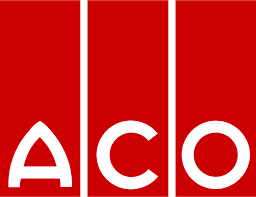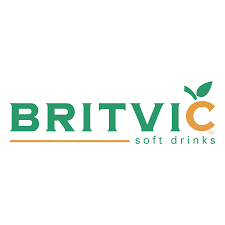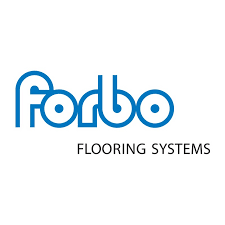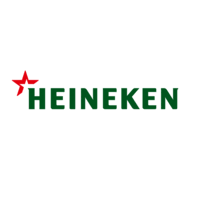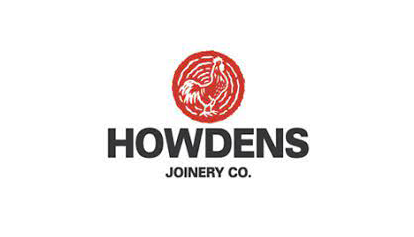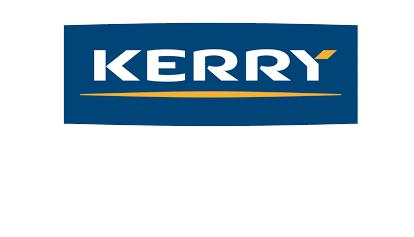
Connecting the dots around people plant and processes brings out the importance of people in the mix of levers that impact on the return on investment of technology projects. Getting the right people involved improves:
- Decisions about the correct scope of the project, who to involve, knowledge gaps and how to develop Superior Specifications,
- Assessment of and collaboration with vendors to tease out latent design weaknesses, enhance project value and develop Better Project Plans,
- Actions to develop internal capabilities and manage the glide path to Flawless day one operation and beyond.
Avoid common project pitfalls by engaging users at all levels with the following activities:
Milestone 1 Planning and Preparation
Working sessions around live projects are the best way to surface barriers and gaps in current practices. That includes a Day in the Life of (DILO) review to understanding the current reality and engage users in:
- Testing of the draft concept to establish design performance standards (Good, better, best)
- Assessing current underpinning systems strengths and weaknesses
- Identification of factors that impact on life cycle costs for example Operability, Maintainability, Reliability and Safety.
The outcome is a clear project specification scope, identification of knowledge gaps and who to involve to guide decisions around:
- What to invest in
- How to deliver the gains.
Milestone 2: Project Planning and Delivery
Define stage gate milestones to ensure that key decisions are taken in a timely manner and that sufficient insight is gained prior to each milestone to capture latent project weaknesses and identify areas of enhanced added value.
Develop stakeholders skills to create Factory Readiness Plans after proof of concept starting with summary commissioning and transition plans prior to vendor selection.
Include working sessions with relevant stakeholders to surface hidden weaknesses during each of the following project phases.
- Phase 1 supports decisions about the correct scope of the project, who to involve, knowledge gaps and how to develop Superior Specifications.
- Phase 2 supports assessment and collaboration with vendors to tease out latent design weaknesses, enhance project value and develop Better Project Plans,
- Phase 3 supports activities to develop internal capabilities and manage the glide path to Flawless day one operation and beyond.
Milestone 3: Develop Project Centre of Excellence Capabilities
The development of Front Line Team and Team Leader capabilities as part of the Centre of Excellence process enables their value adding role in project design, specification and delivery by transferring 3 of the 6 enablers of effective project delivery from vendor to operations driven standards. (see table 1 below).
It is this involvement that generates the innovation that increases project added value and reduces project risks throughout the asset selection and project delivery process.
|
Project Management Actions |
Transition from |
To |
|
Investment Approach |
Individual investment |
Connected technology to deliver Roadmap priorities |
|
Project management scope |
Delivery of individual asset |
Delivery of flawless operation and enhanced added value |
|
Reliability tactics |
Vendor driven |
Operations team Problem Prevention standards built into design. |
|
Workflow design |
Vendor driven |
Operations driven work process built into the specification and delivery programme. |
|
Daily Management |
Engagement post installation |
Operations plans integrated into project delivery plans to assure factory readiness. |
|
Focussed improvement |
Vendor driven |
Operations driven to support future business development needs. |
Table 1 Where Centre of Excellence Capabilities Enhance Project Value
The approach has been shown to generate gains worth 30% reduction in capital costs and reduce operational life cycle cost by as much as 50%.
One organisation was able to recoup the cost of a multi million capital investment during the first year of operation through the combination of faster operational start up and lower operating costs. They achieved 100% ROI compared to the forecast (and frequently missed) ROI of 15%.
In addition to these gains, each new project builds the internal ability to deliver projects in less time with less effort. That is Better, Faster, Cheaper!
Next steps?
The first step is a management awareness and review session to assess current status against the Technology Project process benchmarks. That includes working sessions to agree barriers and gaps and identify action plans to build on existing capabilities. The approach works best when linked to the introduction of a current or future project. That way the outputs from the session support forward planning, organisation and control of that project.
To find out more check out our support programme send us a message here or contact us via

